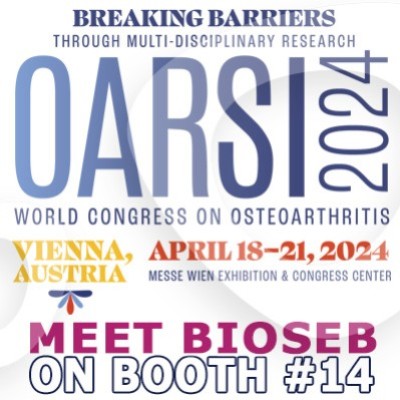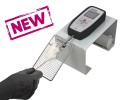Authors
YJ Kim, HJ Kim, WJ Lee, JK Seong
Lab
Laboratory of Developmental Biology and Genomics, BK21 Program for Veterinary Science, College of Veterinary Medicine, Seoul National University, Seoul, South Korea
Journal
Laboratory Animal Research
Abstract
Aerobic exercise is well known to have a positive impact on body composition, muscle strength, and oxidative capacity. In animal model, both treadmill and wheel running exercise modalities have become more popular, in order to study physiological adaptation associated with aerobic exercise. However, few studies have compared physiological adaptations in response to either treadmill exercise (TE), or voluntary wheel running exercise (WE). We therefore compared each exercise intervention on body composition and oxidative markers in male C57BL/6_N mice. The total distance run was remarkably higher in the WE group than in the TE group. Both forms of exercise resulted in the reduction of body weight, fat mass, and adipocyte size. However, the average for grip strength of WE was higher than for control and TE. Interestingly, PGC-1_ expression was increased in the gastrocnemius (glycolytic-oxidative) and soleus (oxidative) muscle of TE group, whereas WE showed a significant effect on PGC-1alpha expression only in the soleus muscle. However, muscle fiber type composition was not shifted remarkably in either type of exercise. These results suggest that TE and WE may exert beneficial effects in suppressing metabolic risks in mouse model through attenuating body weight, fat mass, size, and increase in mitochondria biogenesis marker, PGC-1 alpha
BIOSEB Instruments Used:
Grip strength test (BIO-GS3)

 Douleur - Allodynie/Hyperalgésie Thermique
Douleur - Allodynie/Hyperalgésie Thermique Douleur - Spontanée - Déficit de Posture
Douleur - Spontanée - Déficit de Posture Douleur - Allodynie/Hyperalgésie Mécanique
Douleur - Allodynie/Hyperalgésie Mécanique Apprentissage/Mémoire - Attention - Addiction
Apprentissage/Mémoire - Attention - Addiction Physiologie & Recherche Respiratoire
Physiologie & Recherche Respiratoire
 Douleur
Douleur Métabolisme
Métabolisme Système moteur
Système moteur Neurodégénérescence
Neurodégénérescence Thématiques transversales
Thématiques transversales Système musculaire
Système musculaire Functions de motricité générale
Functions de motricité générale Troubles de l'humeur
Troubles de l'humeur Autres pathologies
Autres pathologies Articulations
Articulations Système Nerveux Central (SNC)
Système Nerveux Central (SNC)  Système sensoriel
Système sensoriel Bioseb on booth #14 at OARSI 2024 in Vienna
Bioseb on booth #14 at OARSI 2024 in Vienna 